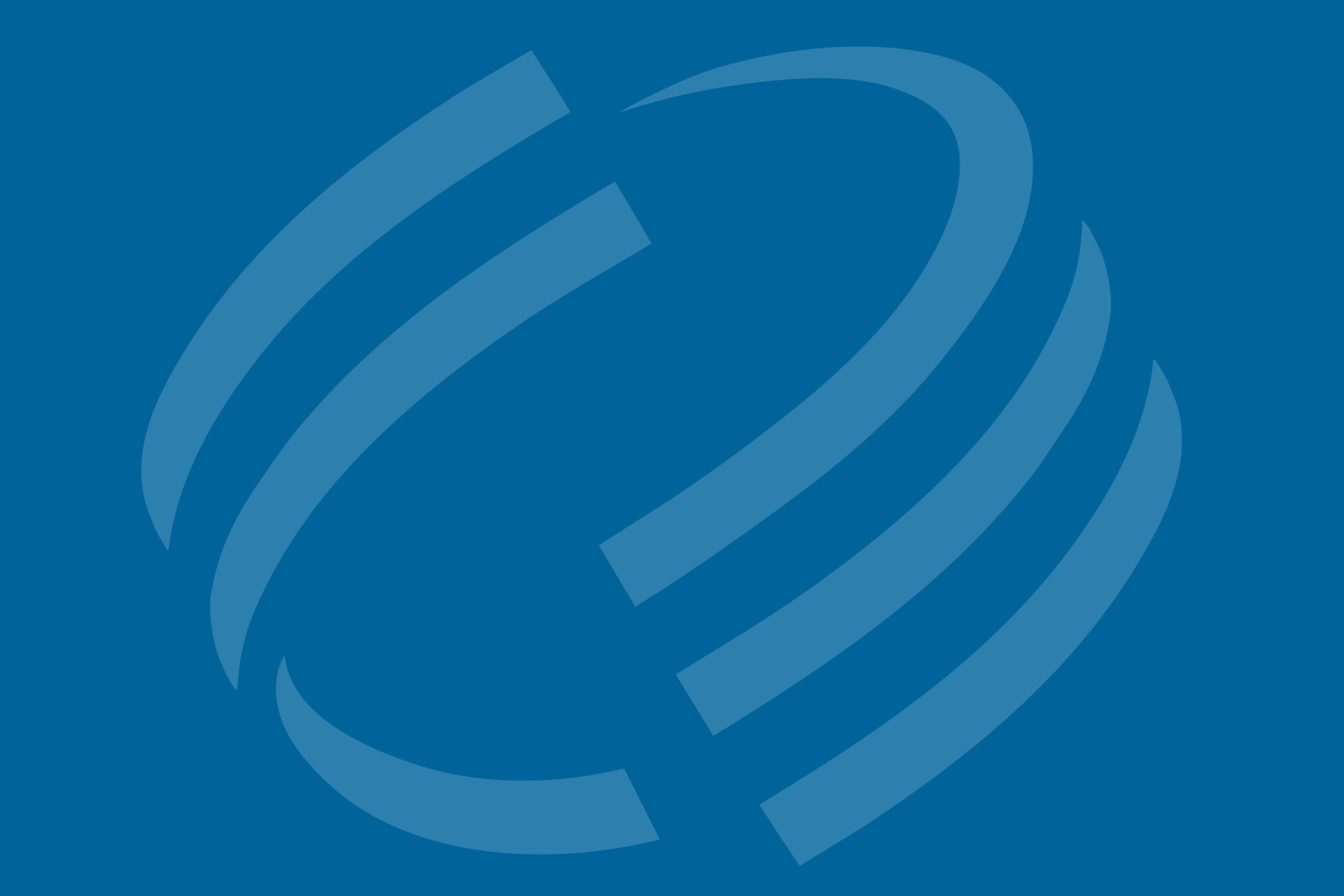Energy affordability has become a buzzword in recent months. Between federal legislation and statewide initiatives, energy affordability has taken the spotlight. Utilities and state agencies across the country are putting a larger focus on their low- to moderate-income customer base and spending upwards of 40 percent of their program portfolio budget on engaging these customers. And while some utilities and agencies are advanced in their energy affordability program implementation, others are at square one.
If you find yourself toward the latter group, there’s good news. The great thing about energy efficiency and clean energy for disadvantaged communities is that you don’t have to go big and redesign the grid to make an impact. In fact, when working with low- to moderate-income customers to build a more sustainable future, trust is often the biggest obstacle. Starting with cost-effective and easy-to-implement energy efficiency opportunities can be the first step in earning trust, tackling energy affordability, and reaching climate goals.
Beyond basic weatherization programs with an income qualification, look at opportunities that both educate and engage customers in energy savings, such as kit programs, school education programs and online stores with an educational component. Opportunities like these build trust and allow for greater program engagement opportunities in the future. In addition, incorporating education into each program allows families to become familiar with the long-term benefits of energy efficiency and encourages continued engagement.
While designing these easy-to-implement programs, consider this: According to Yale Climate Connections, in many low-income neighborhoods, upgrading to energy-saving light bulbs costs more than twice what it does in higher-income areas. So, it’s not unreasonable to believe that when the kitchen lights go out, these families aren’t gravitating toward energy-efficient, smart LEDs as a replacement. And considering 64% of low- to moderate-income families are also renters, they aren’t rushing to participate in an energy-efficient HVAC replacement rebate program either. For that reason, programs dedicated to disadvantaged communities should focus on affordable, quality products with ample benefits and the opportunity to see immediate savings. Kit programs, online stores and education programs are the ideal vehicle. Consider these products:
Quality Lighting. Although some areas of the country may be saturated with energy-efficient lighting, disadvantaged communities have not received the same benefit. Lighting is the one of the easiest products to install and provides quick savings for households struggling with high energy costs. Providing free lighting to these communities makes an immediate impact.
Smart Thermostat. Considering heating and cooling accounts for the largest share of residential energy use, providing smart thermostats to households within disadvantaged communities is a no-brainer. Improving the energy efficiency of a home’s heating and cooling system not only saves families money—it also helps protect the environment by reducing harmful fossil fuel emissions. Smart thermostats provide multiple benefits from cost savings to a reduction in air pollution, improved air quality, and protecting our planet against climate change. And because energy affordability encompasses cost reduction as well as creating healthier homes, safer homes, and more sustainable communities, smart thermostats deliver on those promises.
Weatherization Products. Low- to moderate-income families often live in older homes that tend to be drafty, letting in warm air in the summer and cool air in the winter. This increases heating and cooling bills as the home struggles to maintain a comfortable temperature. Weatherization products like door sweeps, window-sealing kits, and appropriate insulation are often low-cost solutions to keeping homes at a more comfortable temperature year-round.
Energy affordability is a critical issue that needs to be a part of utility, state, and community planning, and integrated throughout their strategies. While the overall task of conquering energy equity requires a combination of long-term solutions and advancing clean energy, providing disadvantaged communities with education and high-quality energy-efficient products is the first step in tackling a more complex issue.
If you are ready to connect your energy affordability goals and priorities to energy-saving products and educational programs, contact the experts at AM Conservation to get started.





